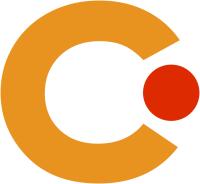Opportunities and Challenges of Virtual Reality in Healthcare -- A Domain Experts Inquiry
Frontiers in Virtual Reality, (2022)DOI: 10.3389/frvir.2022.837616
Abstract
In recent years, the applications and accessibility of Virtual Reality (VR) for the healthcare sector have continued to grow. However, so far, most VR applications are only relevant in research settings. Information about what healthcare professionals would need to independently integrate VR applications into their daily working routines is missing. The actual needs and concerns of the people who work in the healthcare sector are often disregarded in the development of VR applications, even though they are the ones who are supposed to use them in practice. By means of this study, we systematically involve health professionals in the development process of VR applications. In particular, we conducted an online survey with 102 healthcare professionals based on a video prototype which demonstrates a software platform that allows them to create and utilise VR experiences on their own. For this study, we adapted and extended the Technology Acceptance Model (TAM). The survey focused on the perceived usefulness and the ease of use of such a platform, as well as the attitude and ethical concerns the users might have. The results show a generally positive attitude toward such a software platform. The users can imagine various use cases in different health domains. However, the perceived usefulness is tied to the actual ease of use of the platform and sufficient support for learning and working with the platform. In the discussion, we explain how these results can be generalized to facilitate the integration of VR in healthcare practice.
Links and resources
Tags
community
@s.vonmammen's tags highlighted


